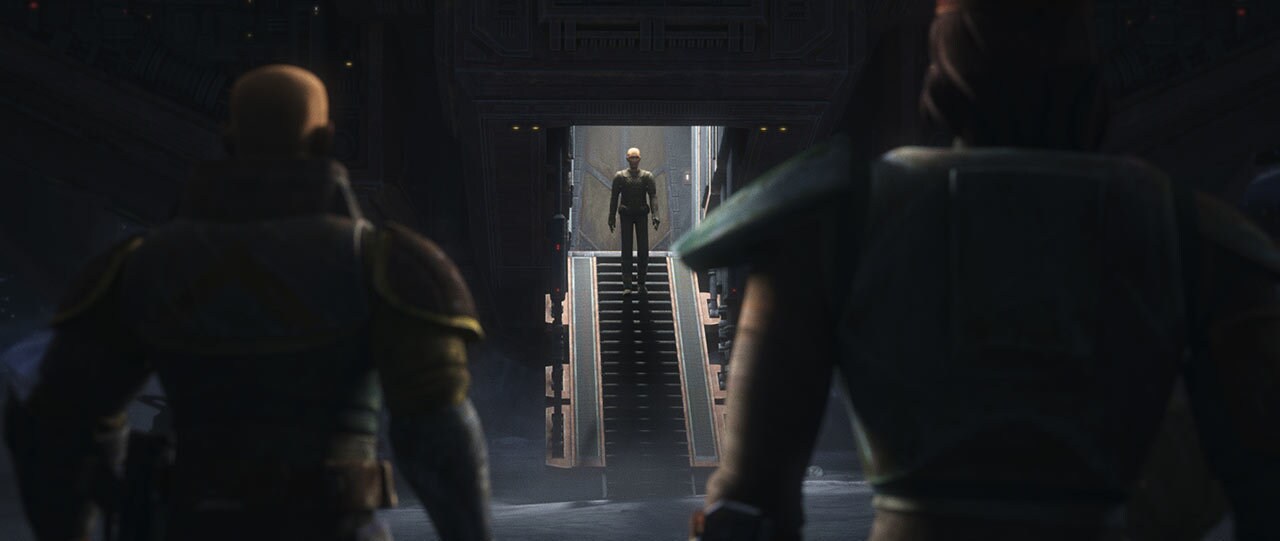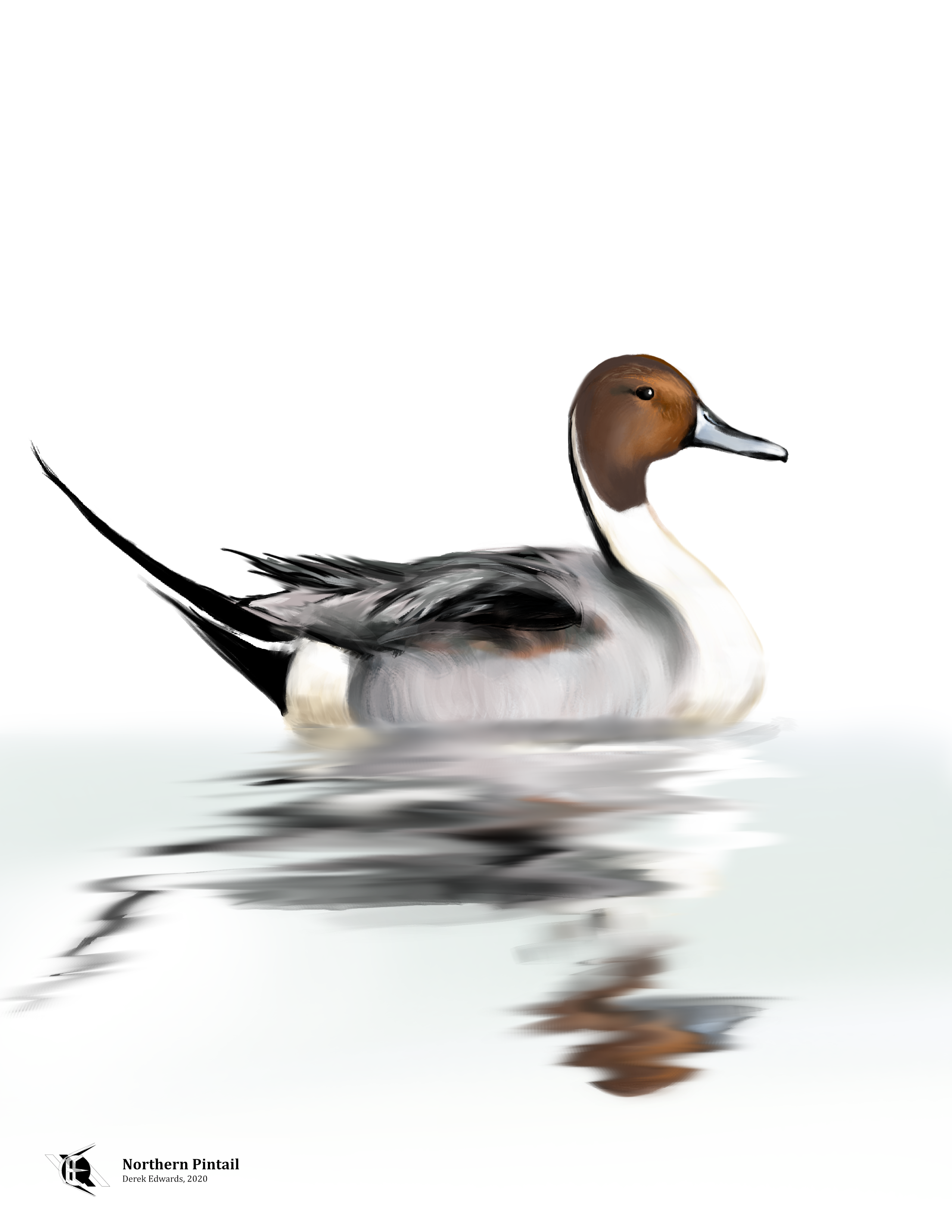
Running Commentary 3/4/2024
Hello,
Remember that look back at the history of Grand Admiral Thrawn as a character in Star Wars that I did back for the 30th anniversary of Heir to the Empire? I'm doing something similar again. This December will be the 30th anniversary of The Crystal Star, which is often mentioned as the worst Star Wars novel. I'll be reading it and some other poorly-remembered Star Wars books to try to figure out if it's really the worst one, why it's considered the worst one, and what influence, if any, it continues to have on Star Wars.
Anyway...
Watching...

The Bad Batch
The two storylines from the premiere episodes converge here in the season's fourth episode, and we get a little action along the way. Here are my notes:
- Omega being a natural at sabacc was not something I was expecting to become plot-relevant, but here we are.
- I'd forgotten that a reunion with Omega would also mean a reunion with Crosshair. We're left on a cliffhanger regarding how that plays out, but I'm pretty confident in guessing that Omega will vouch for him so that Wrecker doesn't immediately beat him to death or whatever. Whether he sticks around? I'd guess yes, since we've already spent two seasons with him off on his own, but I'm less certain of that.
- Omega seems eager to get back to Tantiss and free the clones held there, which I imagine will be somehow part of the series finale. But we have a dozen episodes left, so it can't be that simple. Next episode is called "The Return", but that's not necessarily implying a return to Tantiss so soon.
- The weird Imperial animal pound reminded me of bits of Jurassic Park, with the stun batons on cages and the ostrich-like dinosaur stampede. I'm not sure if that was intentional or not.
- Another great-looking but dark episode. There hasn't been daylight seen so far in this season, that I can remember.

Bird of the Week
I first featured this bird in December of 2020, in one of the first editions of A Running Commentary. At the time, I hadn't really figured out how to write "Bird of the Week" yet. For this newsletter, I've touched up the art a bit and re-written the write-up:
As a birder, you'll eventually develop a nemesis: a bird you've never seen despite others in your area spotting them regularly. The esteemed birder Sandy Komito twice set records for most birds seen in North America in a year, without ever spotting a great gray owl, despite many fruitless searches.1 Richard Koeppel saw over 7,000 birds without ever seeing a mountain quail, a bird familiar to his Los Angelino son.2 Peter Kaestner, a diplomat who's seen a nigh-Adamic 10,000 birds during his many journeys,3 spent decades chasing the congo peacock.4 I am not a world-class birder; at time of writing, I've seen 247 species, and I don't really travel much for birding. But I've had my nemesis, which I've pursued for years before finally spotting this past weekend: the Northern Pintail.
The northern pintail is, in a word, elegant. It is a slender, round-headed duck; breeding males are silver with white necks and brown heads, and a namesake long black spine of feathers extending from their tails. In flight, its speculum (a shiny patch of feathers on the trailing edge of the wing of most ducks) flashes green. Females are shaped the same, but without the long tail and colored the mottled light brown typical of hen ducks. Pintails are found in shallow wetlands throughout the Northern Hemisphere, migrating between breeding grounds in Canada and northern Eurasia, and wintering grounds mainly lying in a band centered on the Tropic of Cancer, especially in the south-central U.S., Mexico, India, and Japan.5 While not as ubiquitous as the mallard, they are among the most widespread and numerous ducks, with nearly 5 million to be found worldwide.6 They are never especially common in Michigan (they only migrate through, and most of the big North American flocks migrate up through the Great Plains instead) but I'd seen much rarer ducks, which only added to my frustration.
I finally saw a pintail (actually a pair of pintails, I believe) in a marsh specially reserved for the study of migratory waterfowl. Such places are obvious birding hotspots, though ducks aren't really aware of the difference between dedicated nature preserves, ordinary park ponds, water management reservoirs, and flooded fields; I've seen ducks in all of these environments, and have checked all of these for pintails before. The pintails were dabbling near a row of reeds in the middle of a large, mostly open pond, alongside some northern shovelers and a pair of American wigeons, both ducks I'd first seen while looking for pintails. There's a benefit to having a birding nemesis: the chase gets you out birding in desperate places, where, even if you don't spot your target, you might spot something else you'd never or rarely seen before.
To science, the northern pintail is Anas acuta, Latin for "sharp duck",7 which is true in both a literal and metaphorical sense. They are a sharp-looking duck, not the most beautiful, but the classiest looking. They're the sort of duck you'd use in a logo.
- Obmascik, Mark. The Big Year: A Tale of Man, Nature, and Fowl Obsession, 2004. p. 237.
- Koeppel, Dan. “A Bird Worth the Chase, Even After Death.” Audubon, February 23, 2023. https://www.audubon.org/magazine/spring-2017/a-bird-worth-chase-even-after-death.
- American Birding Association. “Peter Kaestner Breaks the 10,000 Bird Barrier!,” February 11, 2024. https://www.aba.org/peter-kaestner-breaks-the-10000-bird-barrier/.
- Trezza, Joe. “The Eternal Search for the ‘Nemesis Bird.’” The New York Times, August 26, 2023. https://www.nytimes.com/2023/08/26/science/birds-birdwatching-nemesis.html.
- Fink, D., T. Auer, A. Johnston, M. Strimas-Mackey, S. Ligocki, O. Robinson, W. Hochachka, L. Jaromczyk, C. Crowley, K. Dunham, A. Stillman, I. Davies, A. Rodewald, V. Ruiz-Gutierrez, C. Wood. 2023." eBird Status and Trends, Data Version: 2022; Released: 2023. Cornell Lab of Ornithology, Ithaca, New York. https://doi.org/10.2173/ebirdst.2022 https://science.ebird.org/en/status-and-trends/species/norpin/abundance-map?static=true
- BirdLife International (BirdLife International). “IUCN Red List of Threatened Species: Anas Acuta.” IUCN Red List of Threatened Species, August 13, 2019. https://www.iucnredlist.org/species/22680301/153882797.
- Jobling, J. A. (editor). The Key to Scientific Names in Birds of the World (S. M. Billerman et al. editors), Cornell Laboratory of Ornithology, Ithaca.
Curation Links
How We Lost Our Minds About UFOs | Nicholas Baker, Intelligencer
A look at the history of UFO sightings which, yes, were mainly sightings of secret sensor balloons. Still, the notion that people from other worlds have visited ours, and that such visits have been kept secret by our governments, seems to be steadily growing in popularity.
Windsor | Bethany Heck, Font Review Journal
“Windsor is a typeface of British origin that’s found its way into the ‘Ugly American’ vernacular—a turn of fate that has given the design a longer shelf-life than I think anyone could have predicted. It’s as tortured (and torturous to use) as it is charming, yet here it is, as popular as it’s ever been. The first lesson type designers should take from this is that designers will put up with a lot of grief for a distinctive lowercase ‘a.’”
What’s So Super About Super Glue? | Roy Berendsohn, Popular Mechanics
A primer on superglue (and superglue remover, and, well, superglue primer) featuring both a brief history and guidelines for proper use.
Paranoia | Shirley Jackson, The New Yorker
[FICTION] “The man in the light hat was on the corner ahead, waiting. Mr. Beresford hesitated in his walk and then thought, It’s preposterous, all these people watching. He walked boldly down the street; the man in the light hat was not even watching him, but was leaning calmly against a building lighting a cigarette. Mr. Beresford reached the corner, darted quickly into the street, and yelled boisterously, “Taxi!” in a great voice he had never suspected he possessed until now. A taxi stopped as though not daring to disregard that great shout, and Mr. Beresford moved gratefully toward it. His hand was on the door handle when another hand closed over his and Mr. Beresford was aware of the light hat brushing his cheek.”
See the full archive of curations on Notion






Member Commentary